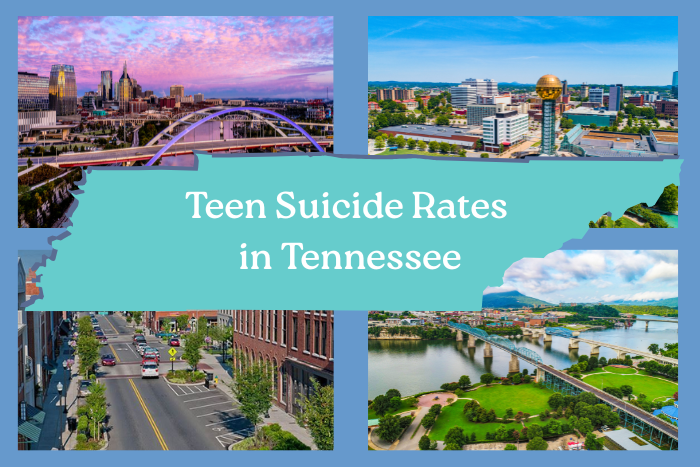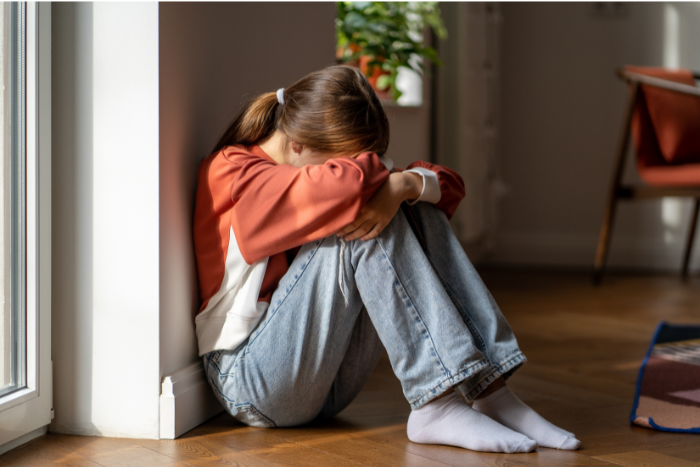Bipolar disorder is an often misunderstood mood disorder that combines elements of other conditions. Though it’s relatively common and treatable, getting an accurate diagnosis can be a challenge. The symptoms of bipolar disorder can vary a lot from person to person. If you experience this condition, it may take months or years for all of your symptoms to manifest.
The average age of onset is between 15 and 25 years, according to a study funded by research foundation grants. However, some people start showing symptoms before age 15. You will need to get a diagnosis from a licensed professional to receive proper treatment. However, learning about this condition and what it looks like can help you know what symptoms to discuss with your care providers. It could also help you get an accurate diagnosis sooner rather than later.
It’s important for people with bipolar disorder to get to know themselves and their condition well. With proper treatment, they can keep their symptoms under control and live happy lives. In this article, we’ll discuss the symptoms of bipolar disorder in teens and the process of getting a diagnosis.
What does bipolar disorder look like in teens?
Teens with bipolar disorder experience one or more types of mood episodes. You may show signs of depression, mania, hypomania, mixed mood states and, more rarely, psychosis. Mania is a state of high energy and excessively positive mood that can last between a week and several months. You may talk more than usual at a faster pace, and you may not feel like sleeping. Mania can also affect your judgment and cause you to act impulsively. Hypomania is a less intense version of mania in which you might have high energy levels but don’t feel like you’re out of control. In those experiencing bipolar disorder, depressive episodes tend to look like a lack of energy, oversleeping and irritability. During a mixed mood state, you would show symptoms of both mania or hypomania and depression.
Common symptoms of bipolar disorder in teens
Teens with bipolar disorder may have unique mood patterns. They may only have one type of mood episode, or they may have more than one. The length of these episodes and the frequency of their mood shifts can vary from person to person.
The following are some common symptoms associated with different bipolar mood states:
- manic episodes — During a manic episode, teens may have very high energy, an inflated or grandiose sense of self, an extremely positive mood, racing thoughts, or resistance to sleep. They may also talk more or faster and act impulsively.
- hypomanic episodes — During a hypomanic episode, teens may have an elevated mood and high energy, and be more talkative or sleep less.
- depressive episodes — During a depressive episode, teens may sleep more than usual, move and talk slowly, be irritable, feel sad or down, and show less interest in things they usually enjoy.
- mixed mood episodes — During a mixed mood episode, teens may show signs of both mania or hypomania and depression.
- psychosis — Psychosis is a break with reality that involves either hallucinations or delusions. Hallucinations are perceptions of things that aren’t there, like sounds, voices or visions. Delusions are false beliefs, such as paranoia that someone is out to get you.
Why is bipolar disorder difficult to diagnose in teens?
The mood episodes that people experience with bipolar disorder aren’t unique to this condition. People with schizoaffective disorder, major depressive disorder (MDD), and other conditions may experience them as well. If depression is the first type of mood episode you experience, it can be difficult to tell the difference between major depressive disorder and bipolar disorder. It’s important to keep track of your specific symptoms, when they started and what else was happening in your life at the time.
Research on bipolar disorder in teens is very recent. Our understanding of this condition and the most effective treatments has changed a lot in the last five to 10 years. As different studies have been published, bipolar disorder has been underdiagnosed, overdiagnosed or misdiagnosed for different reasons. It’s often mistaken for attention-deficit/hyperactivity disorder (ADHD) and vice versa. If you think you may be experiencing bipolar disorder, it’s important to talk with your parents or caregivers about your concerns and seek an assessment from a professional who’s experienced in treating this condition.
What should I do if I think I might be experiencing bipolar disorder?
The best treatment approach for you will depend on the symptoms you’re experiencing. Most people experiencing bipolar disorder need a combination of therapy and medication to manage their condition. The first step is to seek a detailed assessment with a psychiatrist or a team of licensed clinicians.
Further, most people experiencing bipolar disorder will need different levels of mental health treatment throughout their lives. Higher levels of comprehensive treatment, such as a partial hospitalization program (PHP) and intensive outpatient program (IOP), may be necessary during intense mood episodes. You should also see an outpatient therapist and a psychiatrist for maintenance of your day-to-day symptoms.
At Embrace U, we specialize in helping adolescents aged 10 to 18 experiencing bipolar disorder navigate mood episodes and learn to manage their condition. We strongly believe in the power of community, so we combine individual therapy with group therapy and family therapy. By the time our patients finish treatment, they get to know other people their age with similar conditions. We help teens and their families build a strong support network for continued wellness.
Are you looking for an assessment or exploring treatments for bipolar disorder? Contact our team today. Let’s talk about your unique symptoms and your treatment options.




